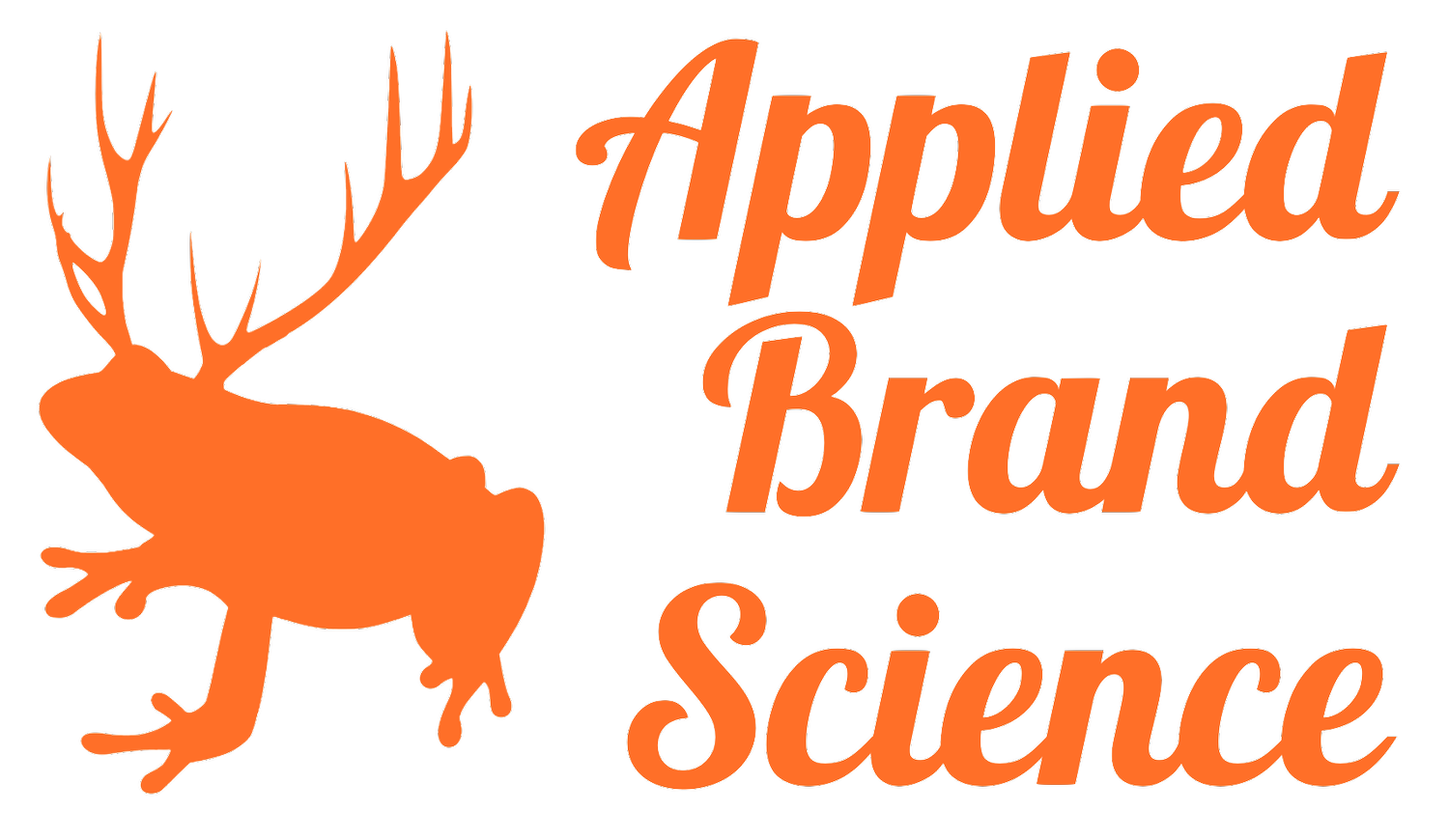
Cover Brand: Brand Body Language
In this episode of Cover Brand, host Ethan Decker is joined by sales expert Andy Wilson to talk about how to create sweet harmonies between sales and marketing. Learn the powerful concept of "brand body language", and how your brand's non-verbal cues communicate volumes to potential customers. Learn about the synergy needed between sales and marketing, the importance of aligning on brand messaging, and the power of “on-brand toilet paper”.

What Would an Applied Brand Science Podcast be Like?
Find out right meow.
“Hello world; is this thing on?”
It’s official: We’ve launched a podcast: COVER BRAND. We LOVE our alma mater, right?! We bleed gold & blue (or crimson & silver, or)
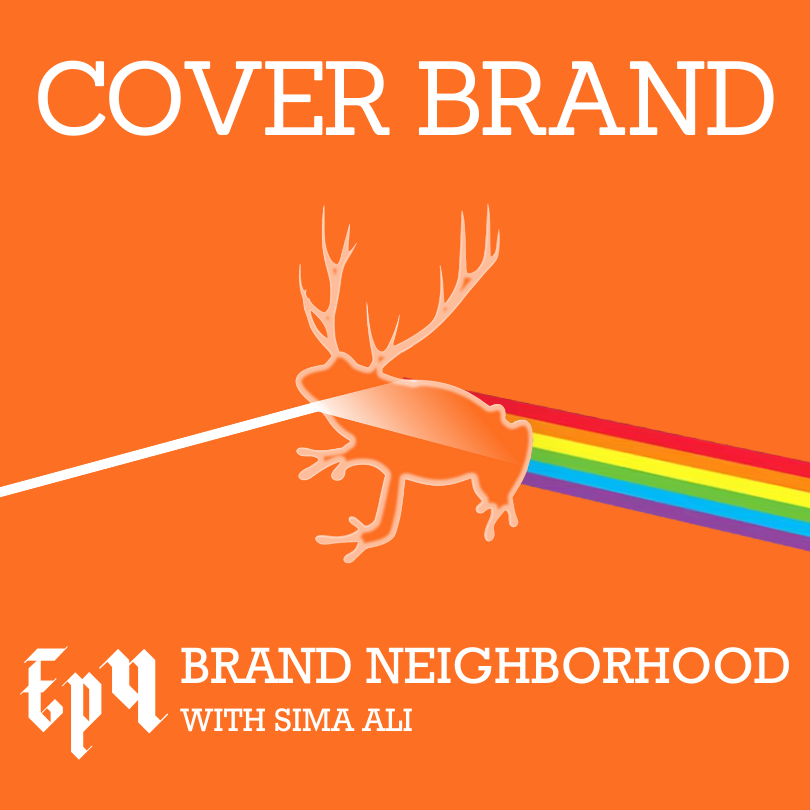
Cover Brand : Brand Neighborhood
Host Ethan Decker chats with Sima Ali from the Ali Law Group and HRtelligence about foundational steps of launching a new brand. They cover the concept of the “brand neighborhood”, an exercise for establishing what position you want to occupy in the market, a key question for any and every business.
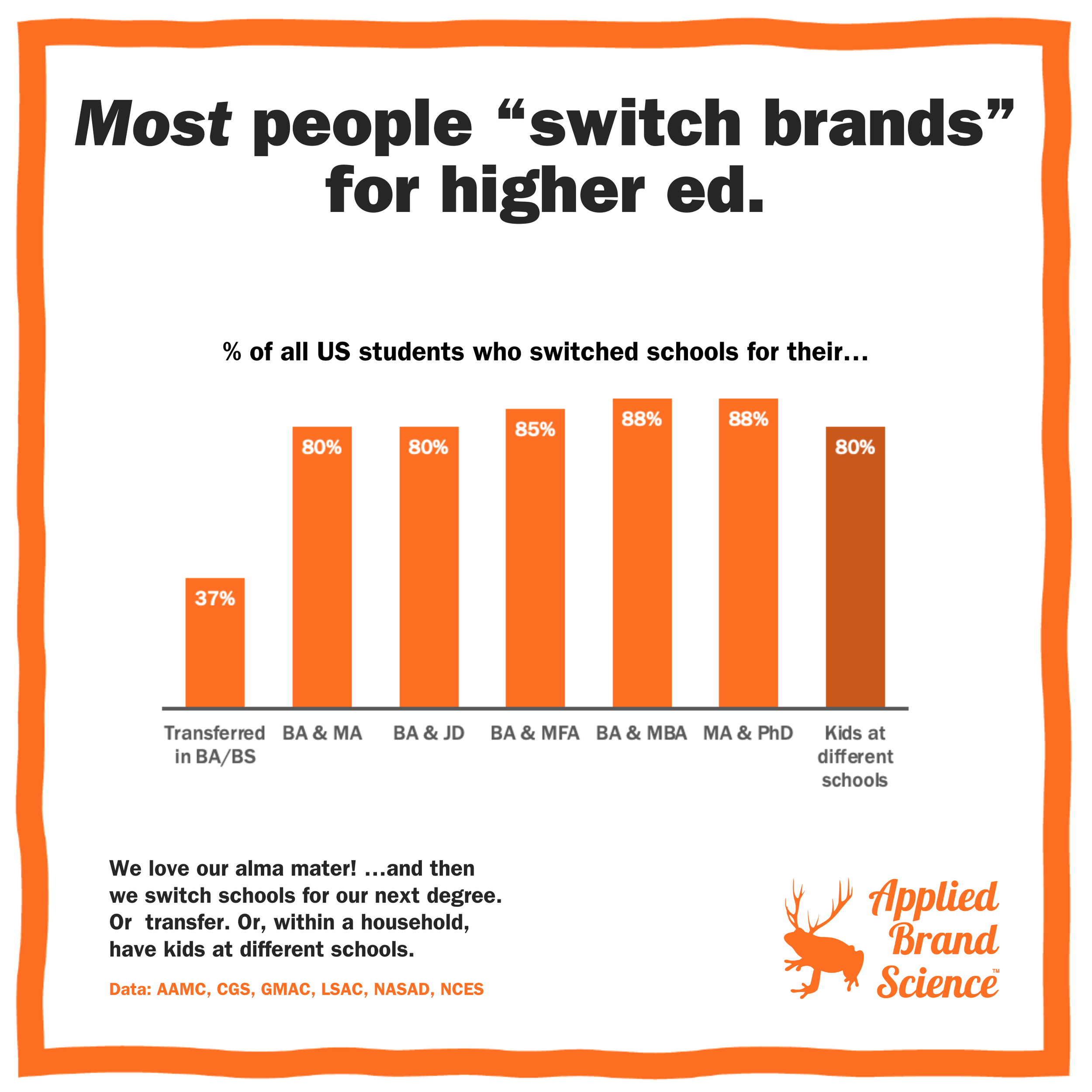
How “loyal” are people to their college or university?
We LOVE our alma mater, right?! We bleed gold & blue (or crimson & silver, or).
But what does “brand loyalty” look like for colleges & universities?
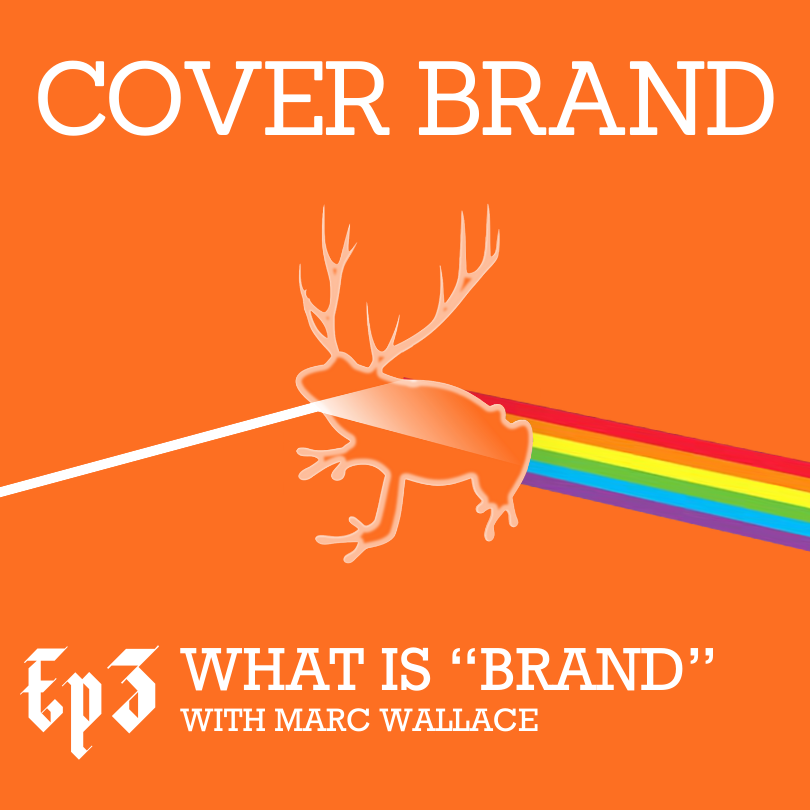
Cover Brand : What is “Brand”?
Host Ethan Decker chats with seasoned business leader Marc Wallace about What We Mean When We Say “Brand”. Understand the dual concepts of "Big B" and "Little b" branding, and discover how these elements work in harmony to shape a company's image, reputation, and business.
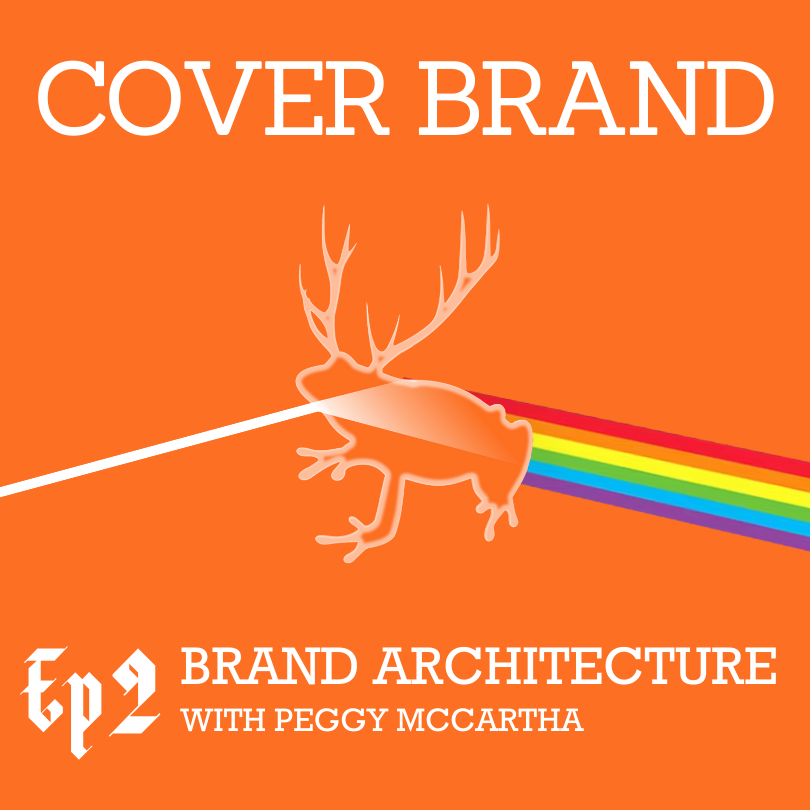
Cover Brand : Brand Architecture
Host Ethan Decker sits down with certified professional photographer and business strategist, Peggy McCartha. They discuss this thing called ”brand architecture”, a way to think about managing multiple intersecting businesses under a cohesive roof. Whether you're an entrepreneur managing multiple ventures or a brand manager overseeing several brands, you’ll find valuable insights in this chat.
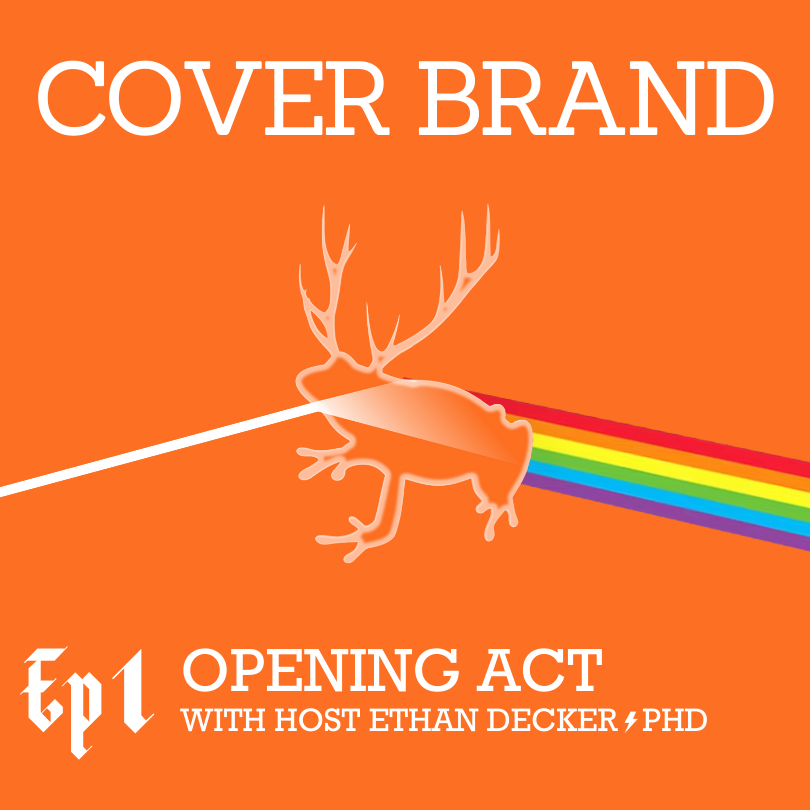
Cover Brand : Opening Act
Welcome to the inaugural episode of Cover Brand, where host Ethan Decker unveils the fascinating world of branding, marketing, and advertising. In this podcast, you’ll learn the science of brand growth. Whether you’re part of a business, nonprofit, or any venture, you’ll learn practical, simple, and evidence-based tips and tools for growing your organization.
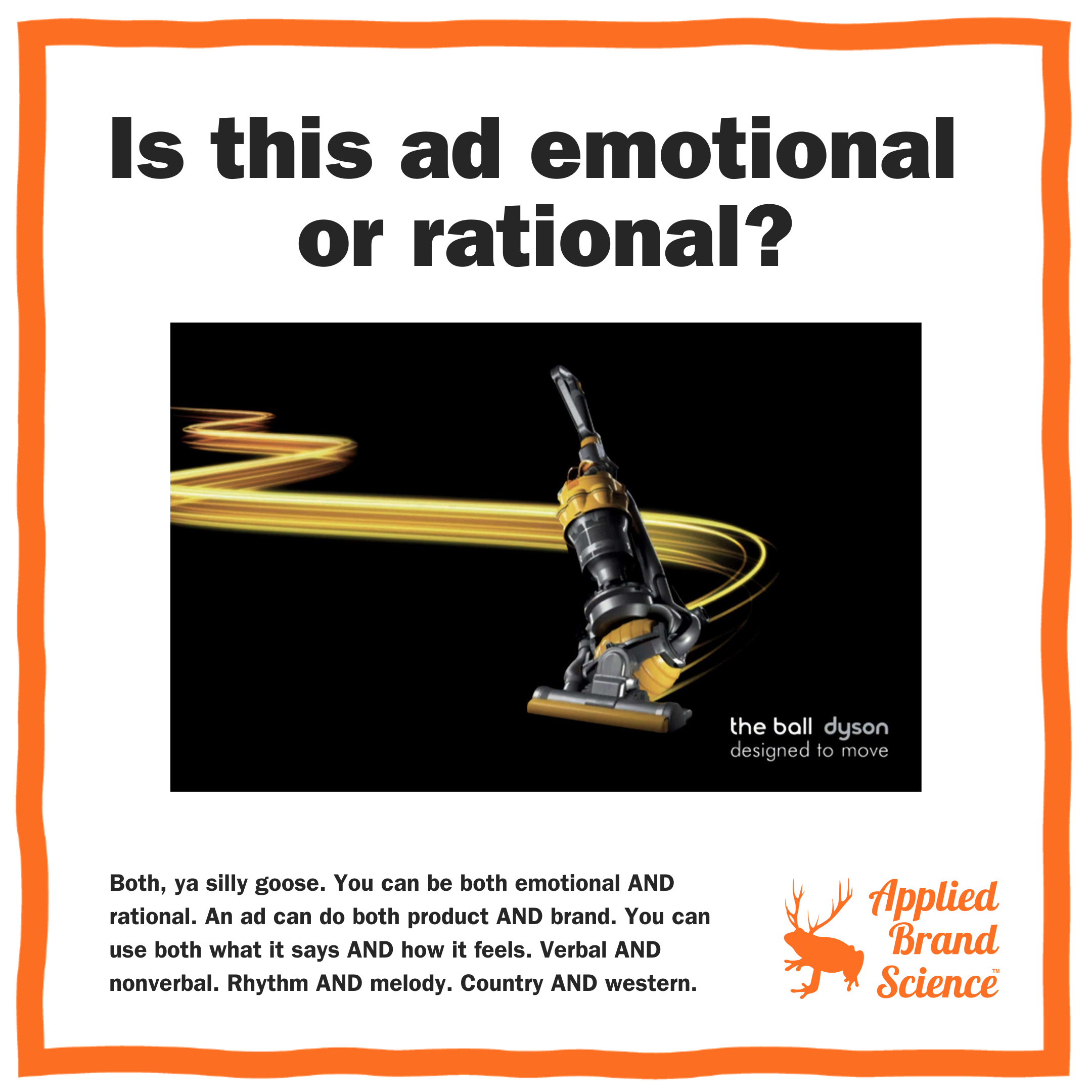
Can an ad be both emotional AND rational?
This is a debate we actually have. All the time.
Is this a product ad OR a brand ad?
Is this rational OR emotional?
Is this about features OR about lifestyle?
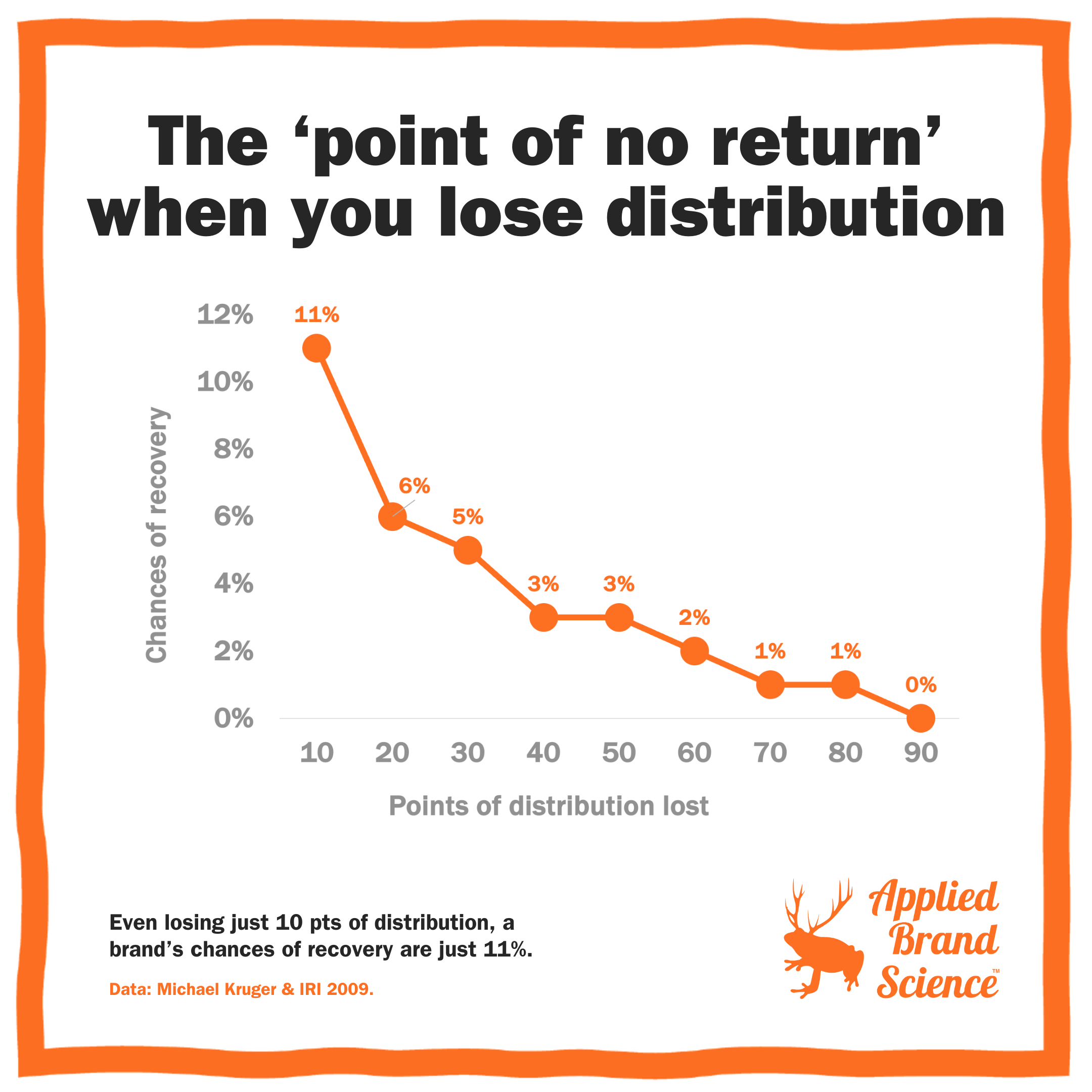
What’s the “point of no return” for distribution losses?
Like, how many points of distribution can a brand lose and still recover?
Michael Kruger & IRI crunched 6 years of scanner data to find out. It covered all food, drug & mass outlets (not Walmart) for 298 categories and 10,818 brands. They only looked at brands with >30% distribution in year 1.I mean, we’re all creatures of habit, right? And brand loyalty is what we’re all after, right?
Well, The Hartman Group asked 2,000 Americans where they bought their groceries in the past month. In particular, which channels they shopped. (Grocery, mass, dollar, club, natural, etc.)

Is anyone 100% loyal to their grocery store?
I mean, we’re all creatures of habit, right? And brand loyalty is what we’re all after, right?
Well, The Hartman Group asked 2,000 Americans where they bought their groceries in the past month. In particular, which channels they shopped. (Grocery, mass, dollar, club, natural, etc.)
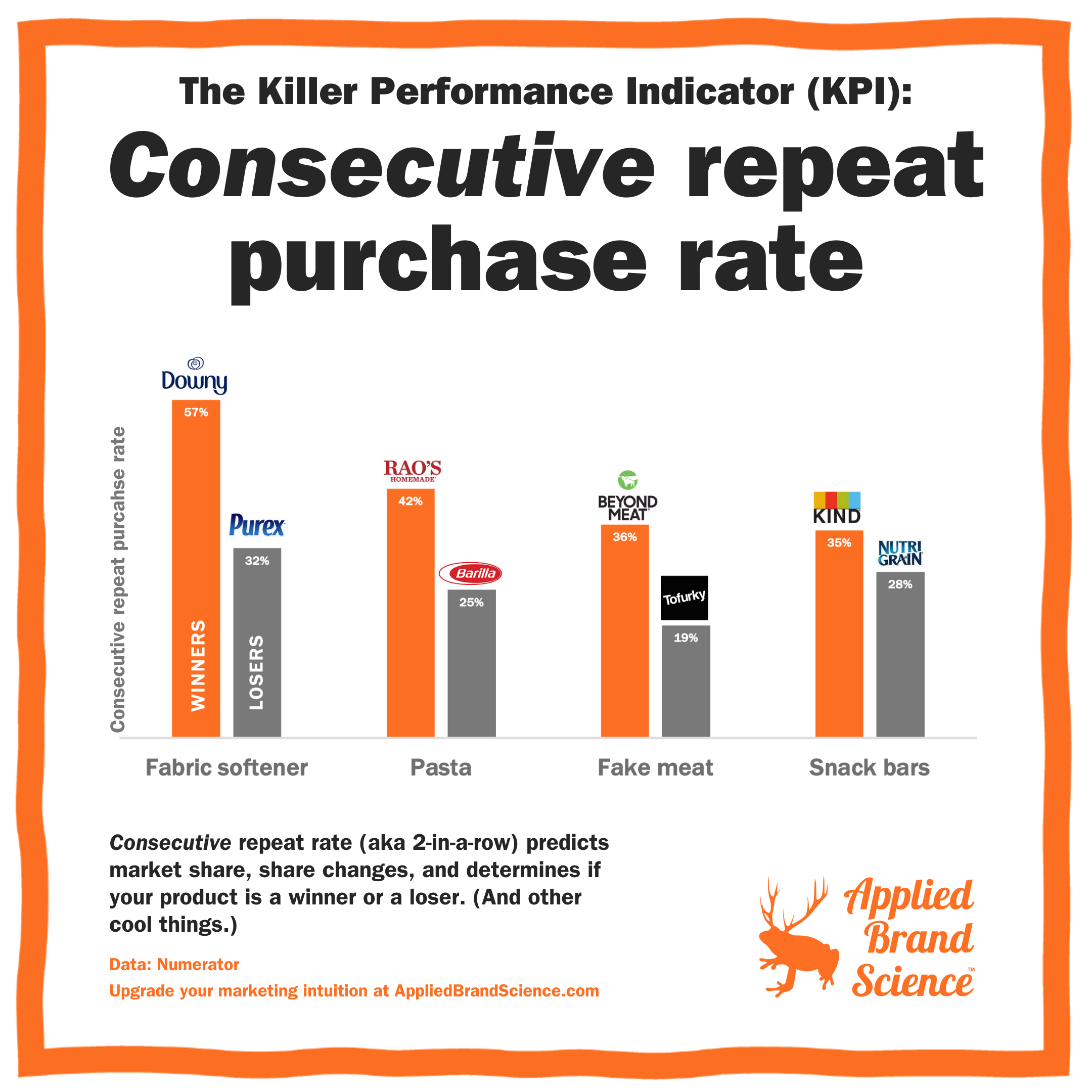
What’s the Killer Performance Indicator for grocery product growth?
Well, one stat you should absolutely positively track is consecutive repeat purchase rate (CRPR).
It shows how often people pick your brand on back-to-back purchases of the category. E.g., how often you get bought twice in a row.
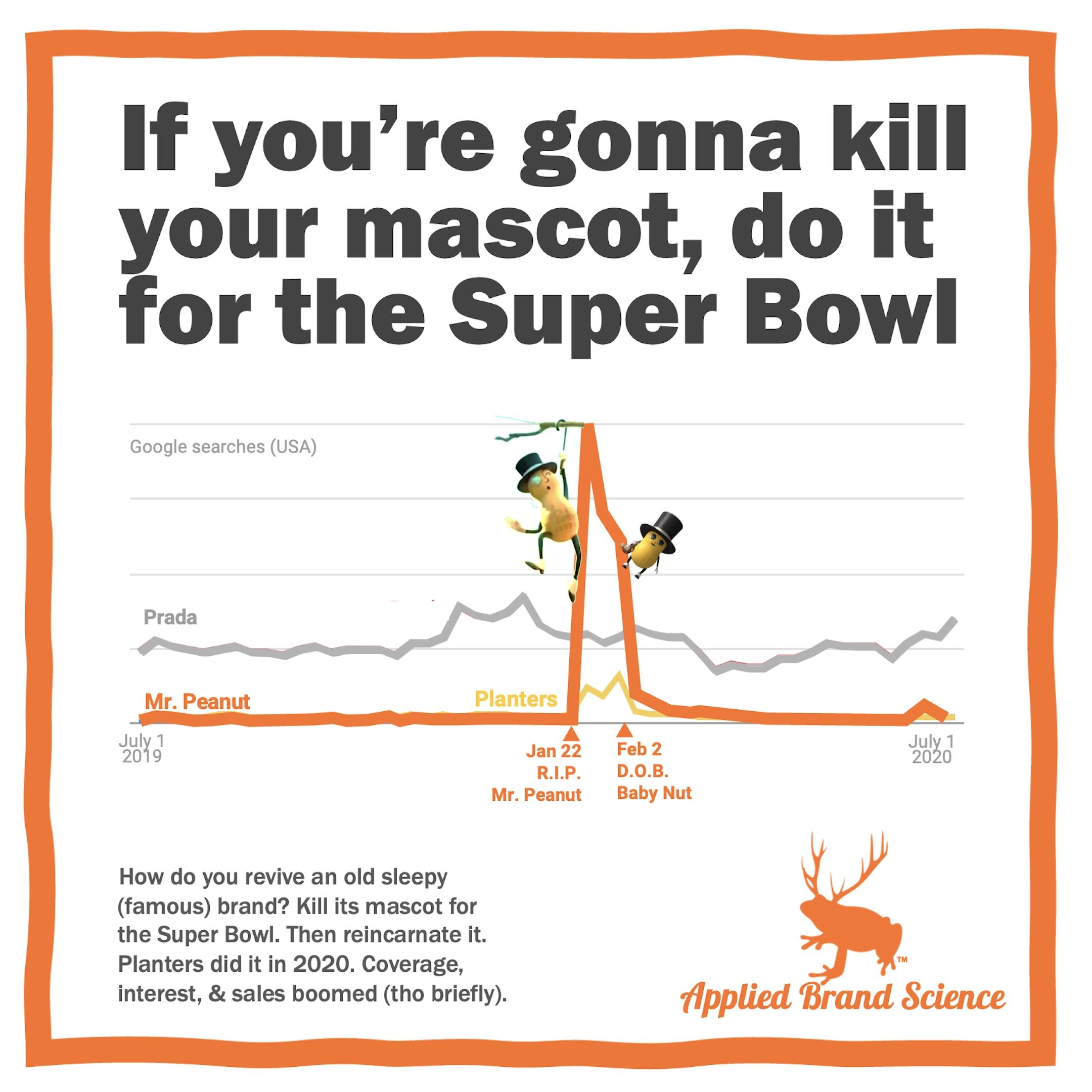
When’s the best time to kill your mascot?
In 2020, Planters killed off their 104-year-old mascot, Mr. Peanut.
10 days before the game, Planters dropped an ad online where Mr. Peanut sacrifices himself to save his buddies in a fiery crash.
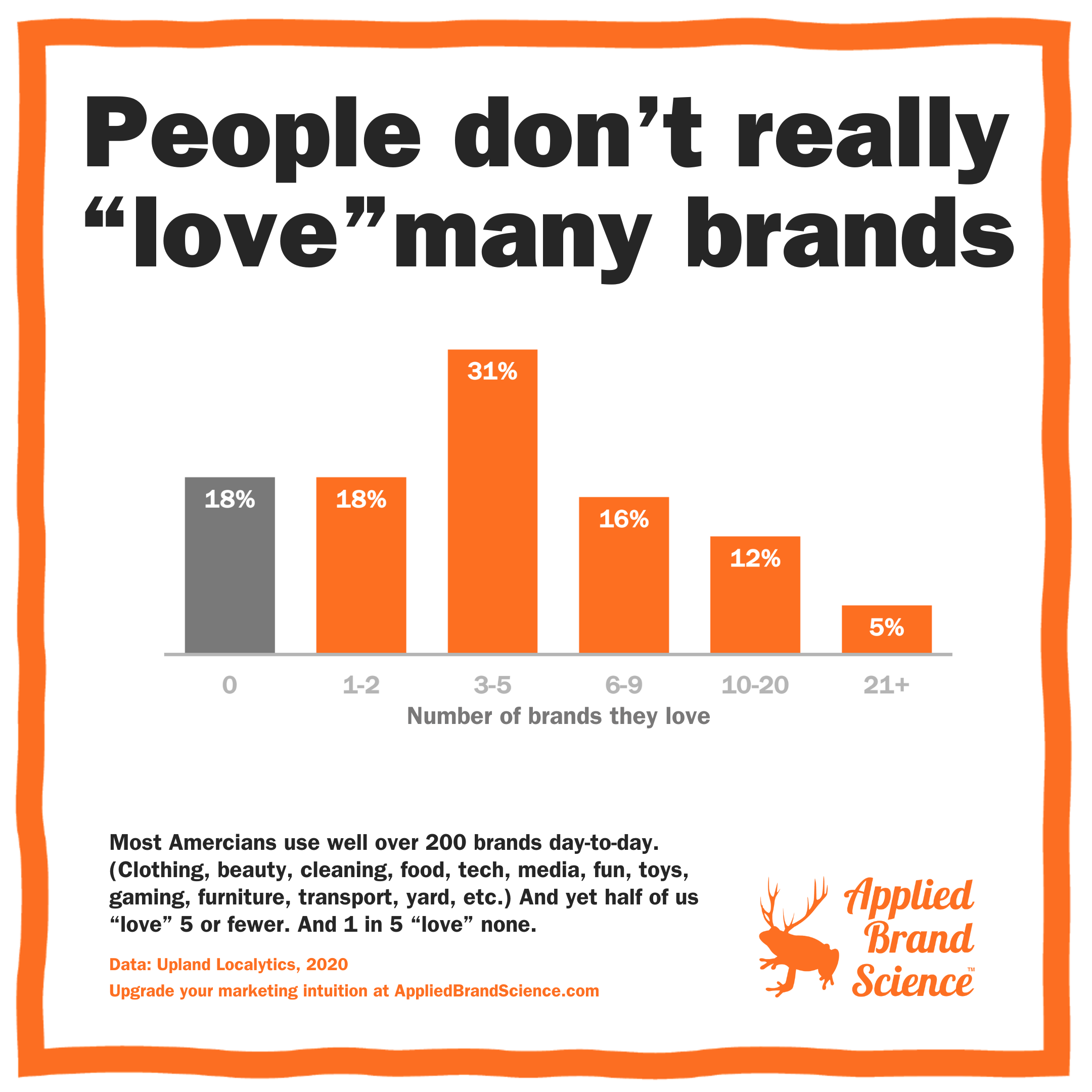
How many brands can one person “love”?
In marketing, we talk about “brand love” all the time — well, some people do.
But what’s the State of Brand Love in America?
A couple years ago, Upland Localytics did a simple survey of 1,000 adults to find out. Turns out, there’s no time for love, Dr. Jones.
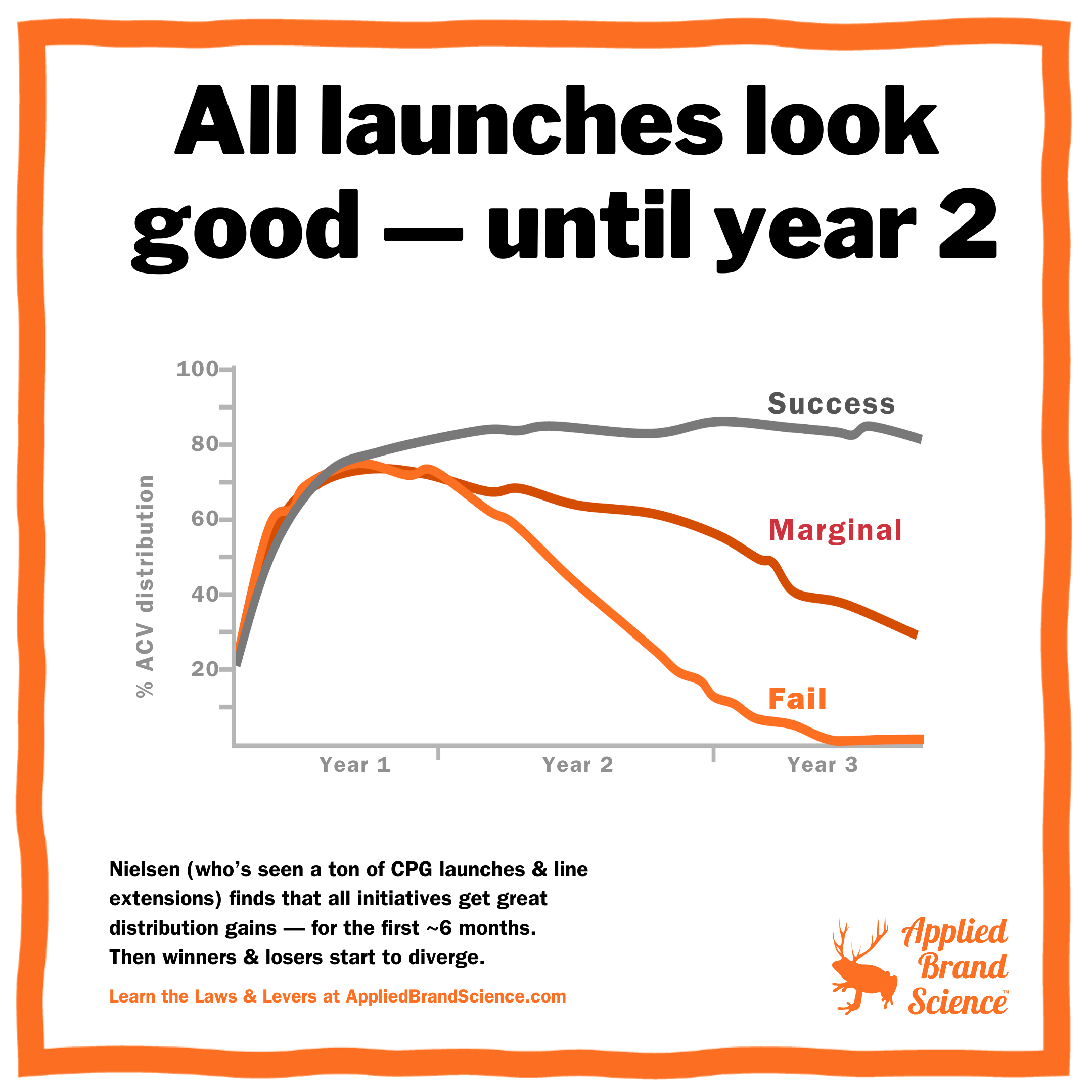
When do you know you launched a bullseye vs a brick?
Nielsen crunched a whole lot of data to see the pattern — at least in terms of distribution — for CPG (consumer packaged goods).
They found that for the first 6 months, all launches grow distribution equally well. (% ACV is a measure of how many stores a product is sold in out of all the possible stores. Roughly-ish.) Good sell-in and retailer excitement helps most brands ramp up quickly.
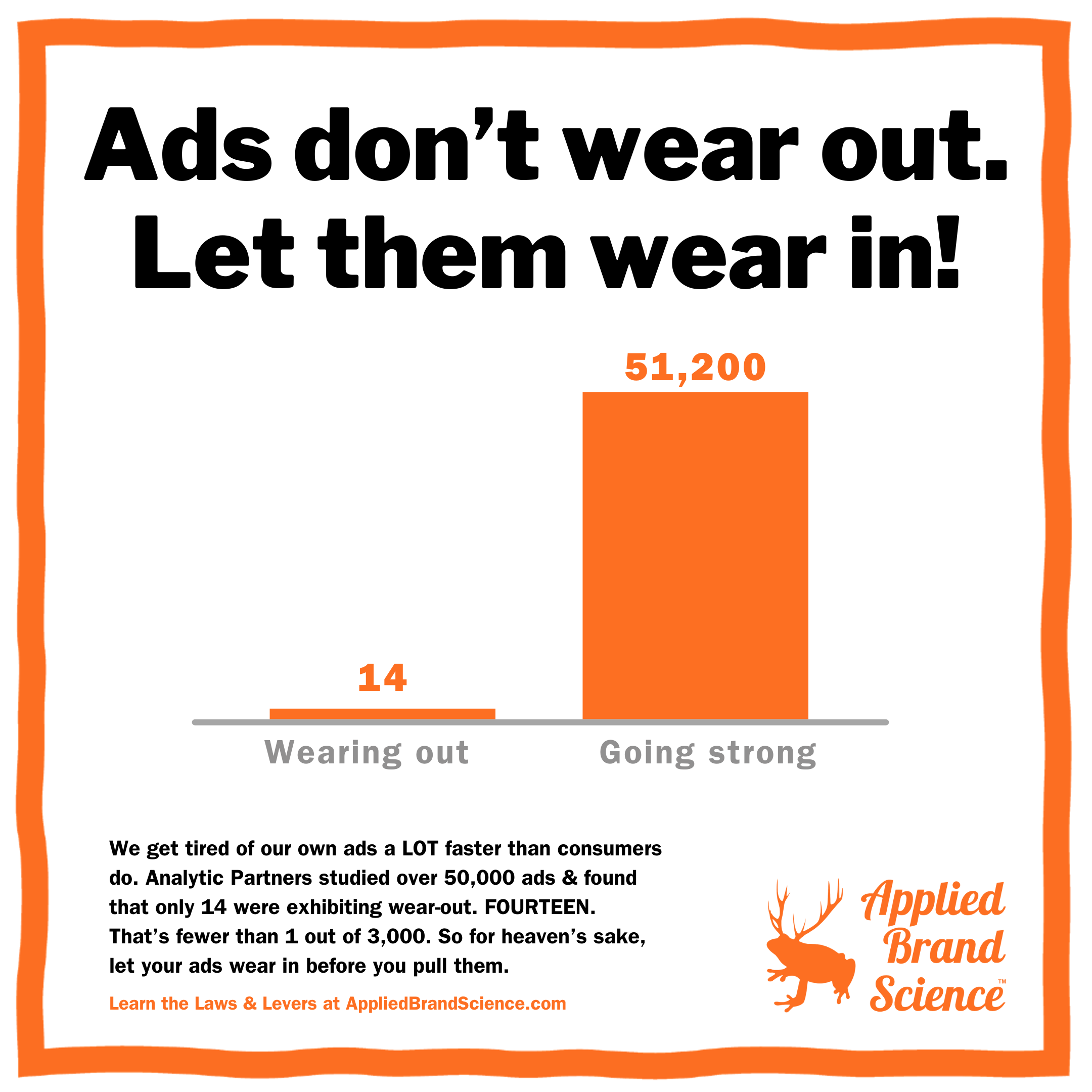
Do ads really ever “wear out”?
Analytic Partners has just put a heaping mound of data on this question. They looked at the effectiveness of over 50,000 ads in 2020 to see if their impact was wearing out.
They found that 14 of them — FOURTEEN — showed signs of wearing out.
That’s 1 in 3600. That’s 0.03%. In other words, 99.97% of ads were going strong, doing fine, and didn’t need to be replaced.
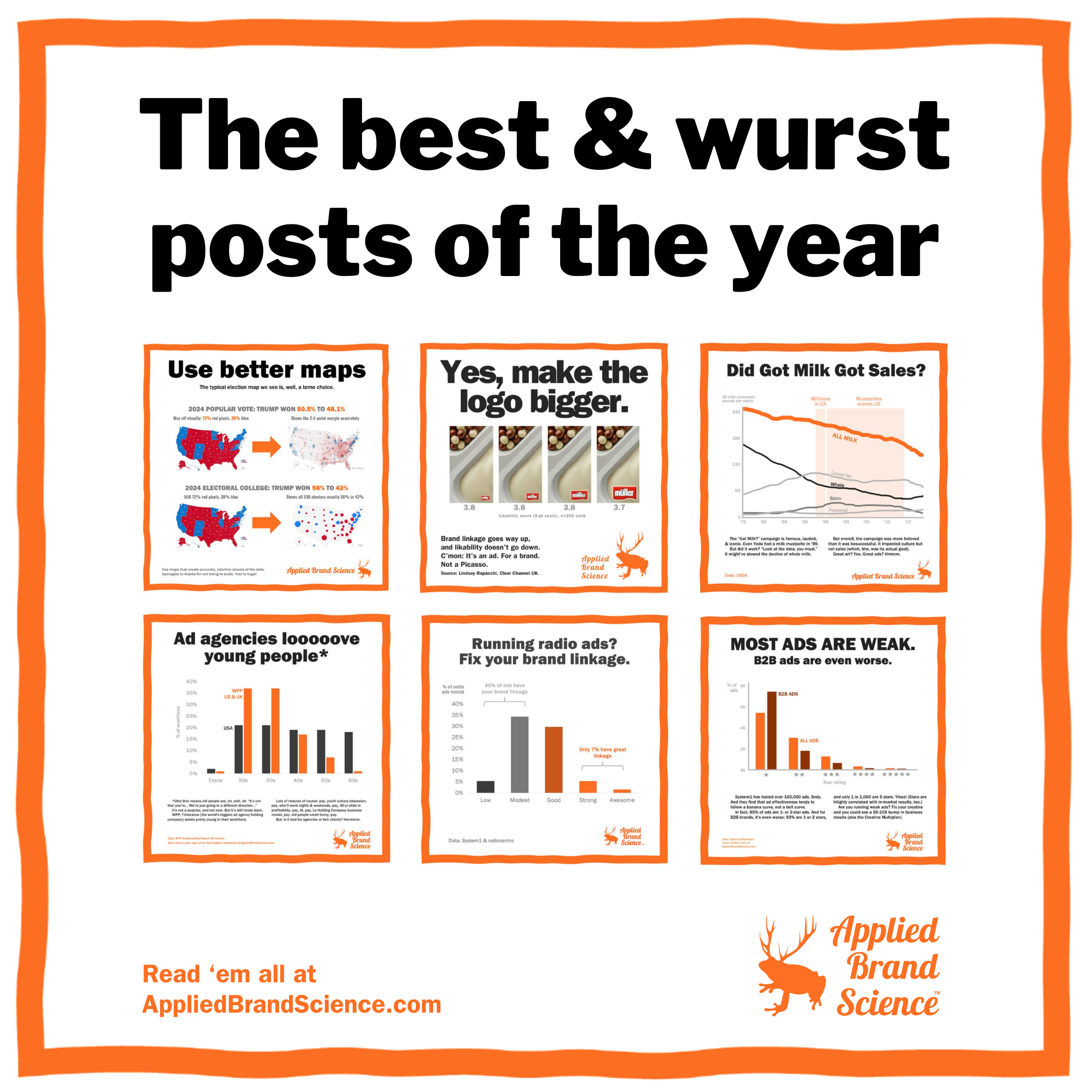
What were the best (& worst) posts from us this year?
Let’s start with the best. Here are the top 3 Most Interesting Posts as voted by you, The Public:
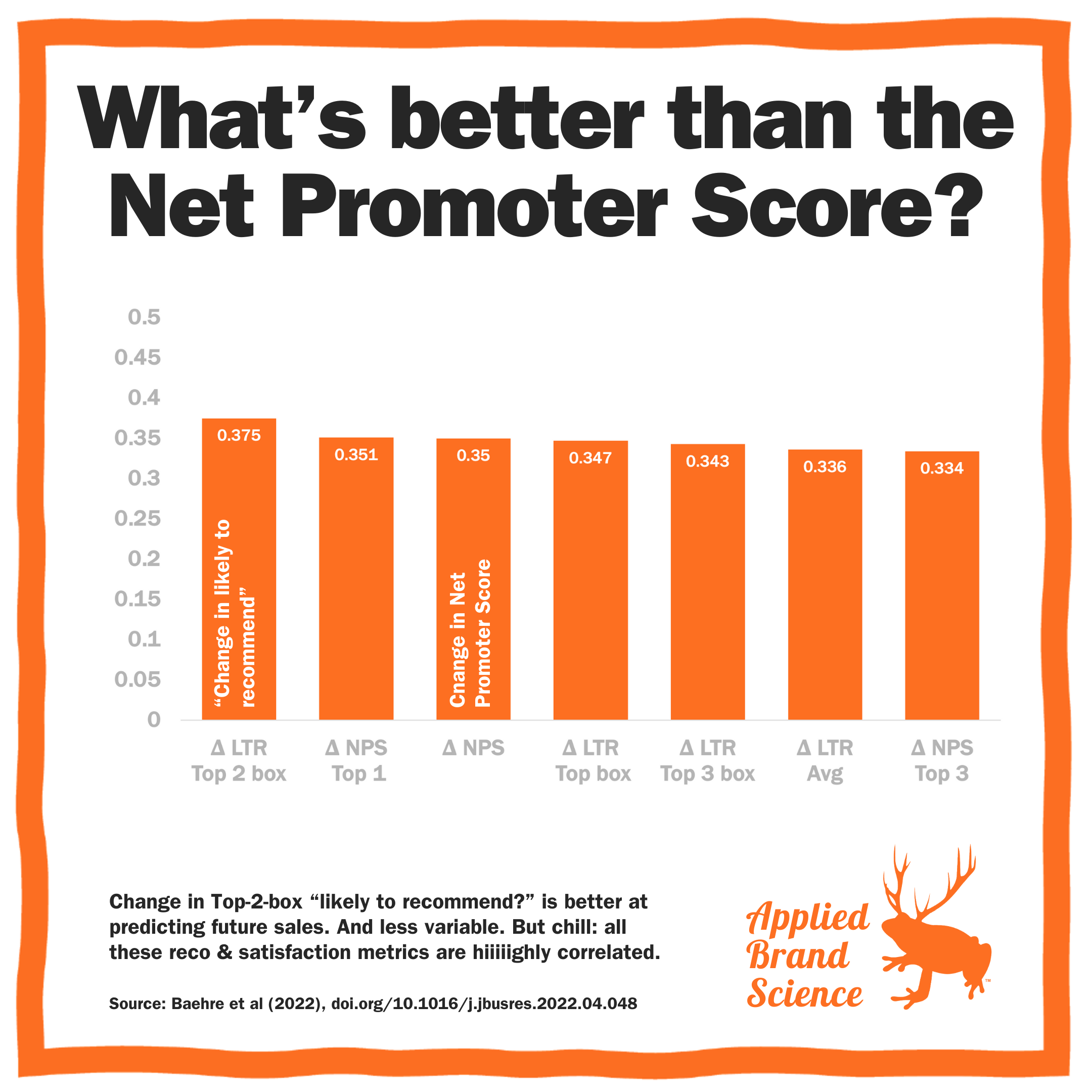
What’s better than the Net Promoter Score?
Like, is the Net Promoter Score (NPS) some kinda magic number for predicting sales growth and tracking your brand health and measuring customer loyalty?
Not really, no.
A team led by Sven Baehre at the University of Limerick has been doing lots of work on the NPS.

How big should you make the logo?
Like, does it hurt a brand’s likability if the logo is too big?
Turns out no. It doesn’t.
Clear Channel UK did a nifty study on an outdoor ad for Müller, a €4.6Bn yogurt & dairy maker in Europe.
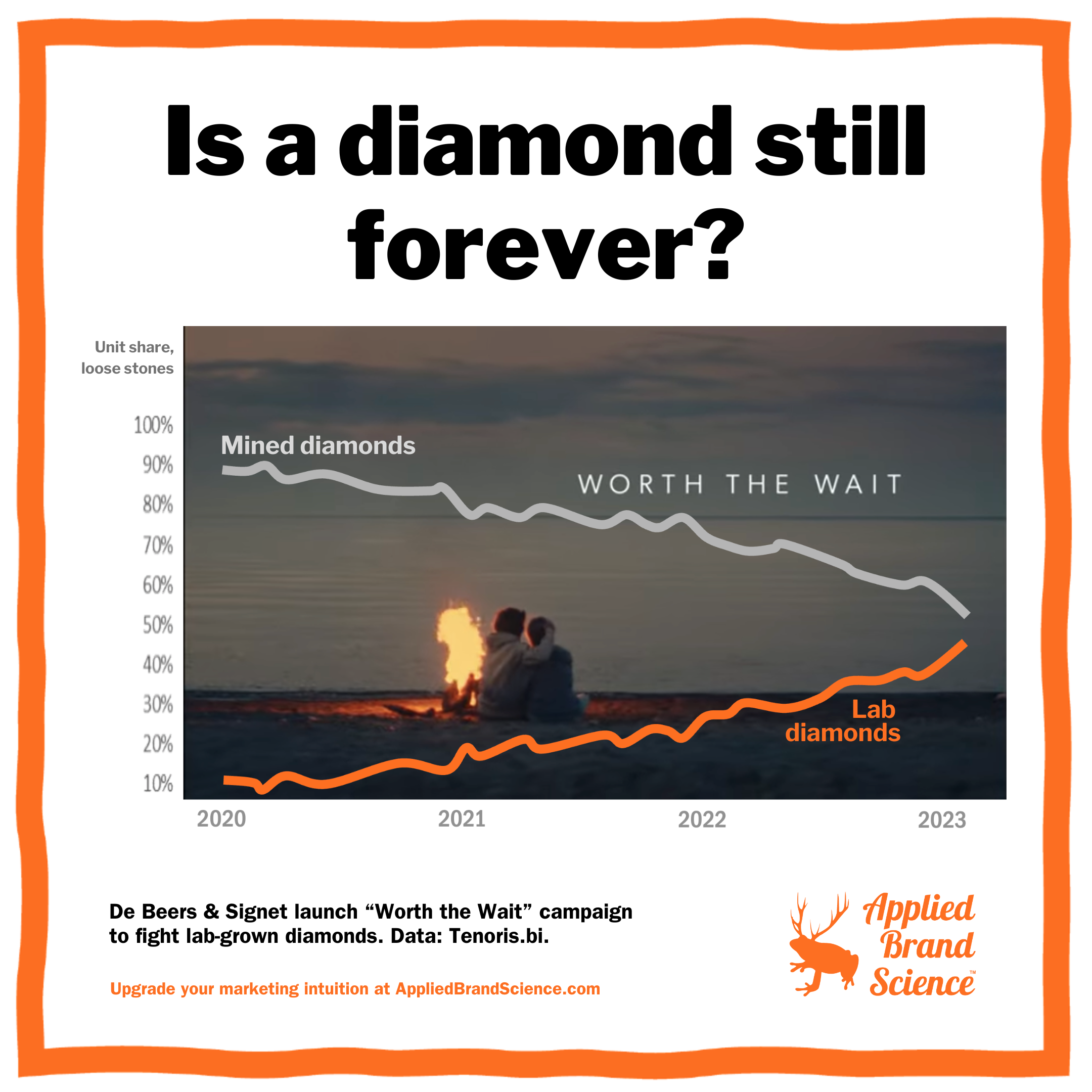
Is a diamond still forever?
When does one of the world’s most famous, most iconic, and most successful marketing campaigns “wear out”?
“A Diamond Is Forever” launched in 1948 by De Beers, and it helped the diamond engagement ring become a default part of betrothal. It’s so ubiquitous it feels more like a colloquialism than an ad campaign.
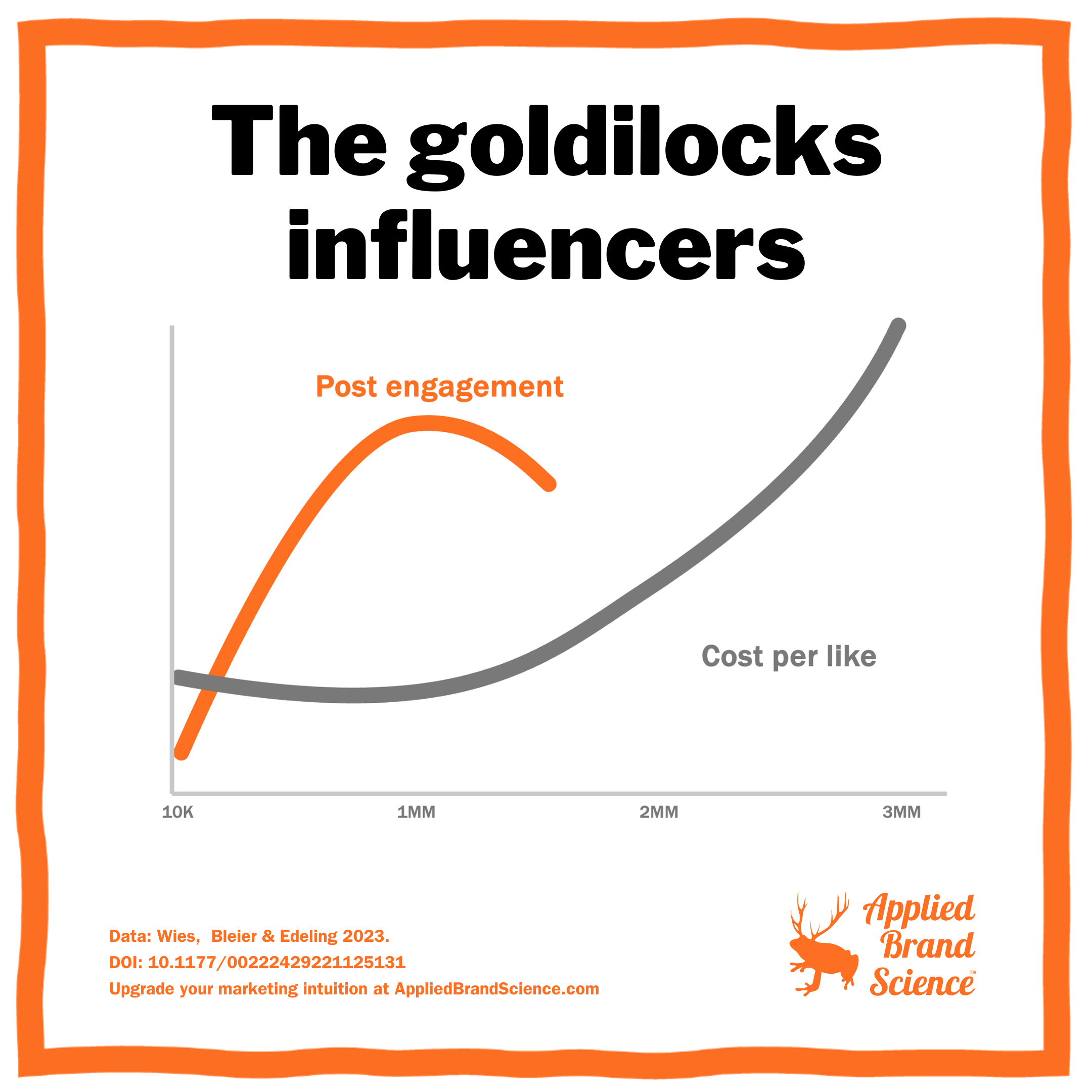
What’s the best-size influencer to work with?
Like, should you work with small, “niche” influencers, or big (and probably expensive) superstars?
Wies, Bleier, & Edeling did a nice analysis of Instagram campaigns to try and figure it out. It was a meaty study.

